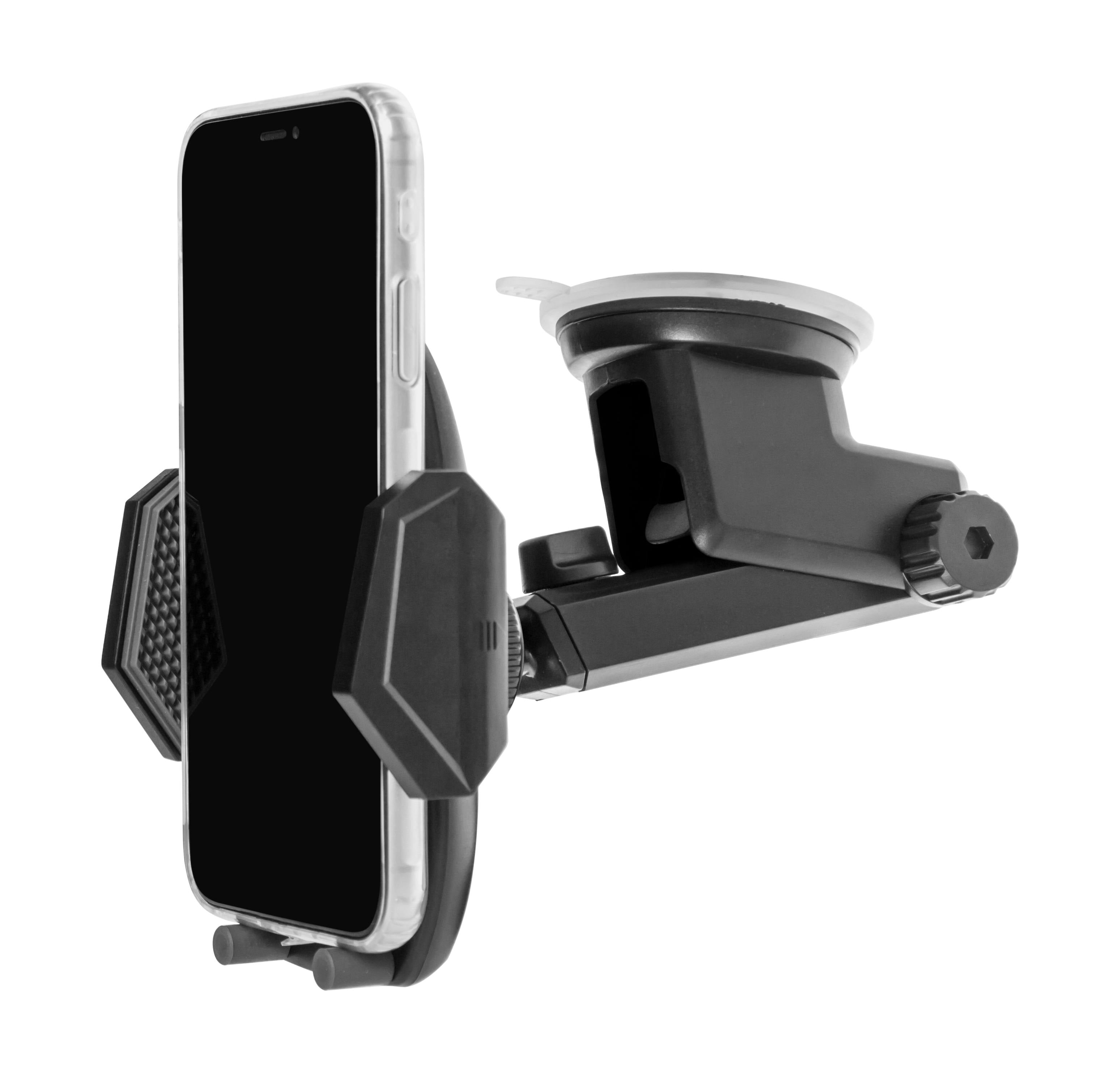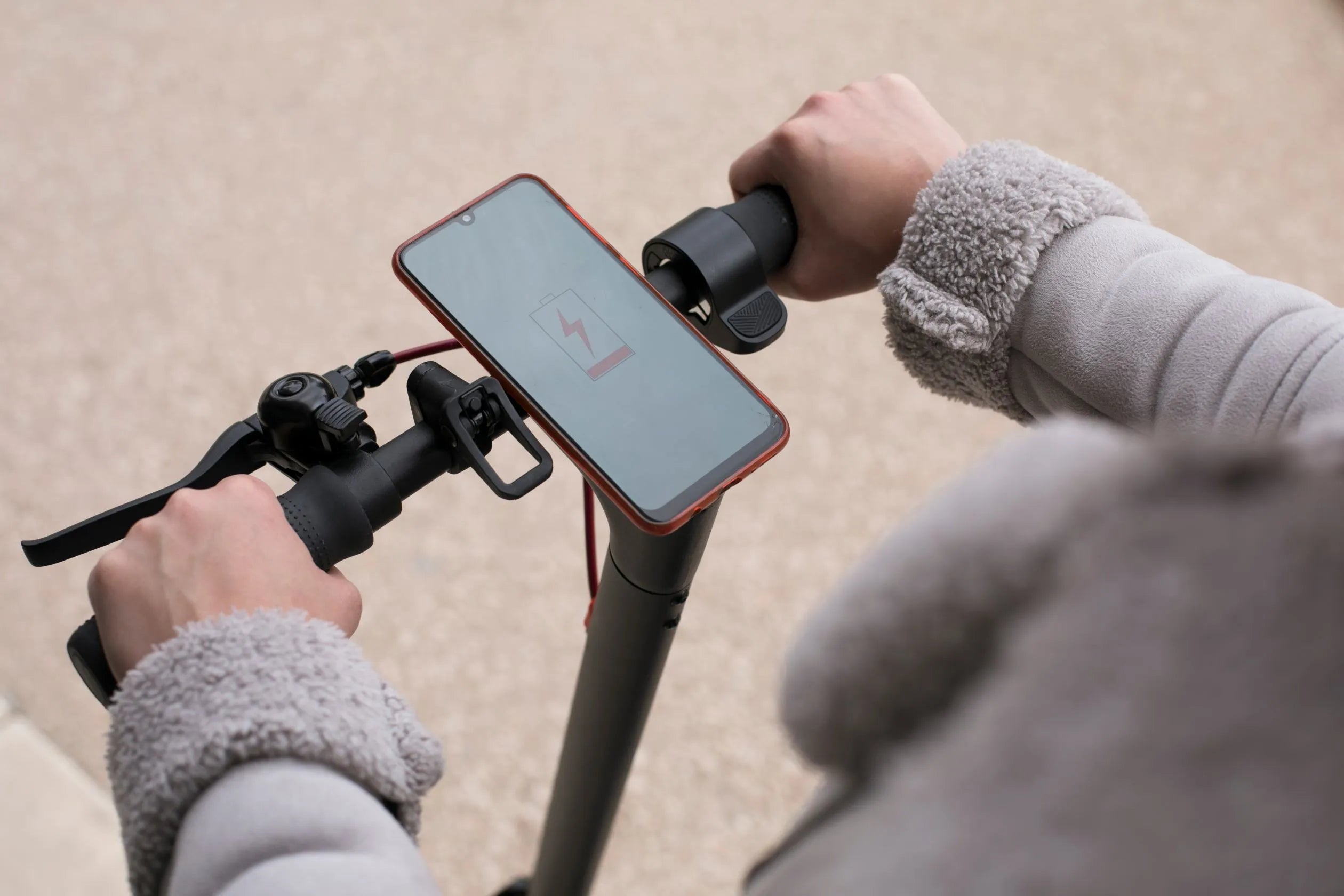Cycling is about much more than going from here to there. For the vast majority of cyclists, it is just as much about capturing the ride. Riding to the job, over rough gravel paths, or up rugged mountain trails, it would be great to capture the scene using a smartphone or camera. This is where mounts come into their own. The right mount is the difference between clean, fun video and jerky, unusable bits. With so many mounts to choose from, though, how do you know how to experiment with a Bicycle Handlebar Mount or a frame or helmet mount? Let's simplify.

What Types of Bicycle Camera Mounts Are Available
Before it is established which mount is best, it is worth examining the types of camera mounts employed by cyclists in general. The vast majority of cyclists require three generic types: the Bicycle Handlebar Mount, frame mount, and helmet mount. There are pros and cons to each.
Bicycle Handlebar Mount Overview
The Bicycle Handlebar Mount is probably the most typical selection among cyclists. It directly mounts to your bars, providing a solid forward-facing view of the trail or road. Cyclists prefer it because it's easy to install, easy to fine-tune, and has easy in-ride accessibility to the phone or camera. If crisp video of the road ahead is a priority, this is probably the first to look at.
Frame Mount Overview
The frame mount is held onto the bike body, typically at or in the vicinity of the seat post or the head or top tube. The frame offers a low angle of vision, in effect, the eye view of the bike. Mountain bikers particularly like it since it incorporates suspension movement, pedaling movement, and a sense of how the bike is interacting with the ground. Frame mounts are less controllable while in ride mode and are best suited to photographers who plan their shots in advance.
Helmet Mount Overview
The helmet mount delivers a true first-person perspective. Whatever the rider is staring at, the camera is pointing at. This creates an immersive video as if the viewer is riding. It is ideal for trail riding or mountain biking, where the experience is in the obstacles and quick turns. The downside is that the helmet mounts are usually on the heavy side and often introduce jerky video as the rider quickly scans their environment. Safety is another consideration, as adding bulk to a helmet might make it less wearable.
Then, where to begin? Let us examine each in greater detail and start with the bicycle handlebar mount.

When to Use a Bicycle Handlebar Mount
If you're a road cyclist, commuter, or prefer silky rides, then the best choice here is the Bicycle Handlebar Mount. Why? Simple. The handlebar is usually stable on an even surface and so will provide clear and stable footage. This is also a handy mount in that it is easy to commence or terminate recording while keeping an eye on the track at all times.
The forward-angled face is ideal for recording long distances down the road, commutes in the city, or group rides ahead. With riders desiring simple recording and ease of setup, the Bicycle Handlebar Mount fulfills the promise.
But once the terrain is bumpy and the vibration is higher? That is when the rider may begin to consider the frame mount.

When to Use a Frame Mount
The frame mount shines when stability matters most. Unlike handlebars, which can shake more on bumpy terrain, the bike's frame absorbs less movement. This makes the frame mount a smart choice for mountain biking or gravel riding where trails are uneven.
Another advantage of the frame mount is the unique angle. The viewer is able to witness the pedals turning in action, the wheels, or the suspension in action, and it lends a dynamic and technical touch to the video. If you are attempting to record not only the ride but how the bike performs, too, then this is the perfect tool.
But not all riders desire a mechanical perception. At times, you desire the video to be as if the viewer is riding alongside you and observing every turn and curve. That is when the helmet mount takes over.
When to Use a Helmet Mount
First-person configuration is obtained using a helmet mount. It films precisely what the rider is observing, so the viewer is transported to be behind the bars themselves. That is why it is the go-to preference of the mountain biker wanting to film trail runs, steep descents, or tech lines.
And then there are compromises. The footage may become shaky if the rider's head is rapidly moving, and having extra weight on your helmet is never too comfortable. But if one craves immersive storytelling and is willing to give in to a modicum of effort, the results produced by the helmet mount cannot be beat by other mounts.
Well, now we know when each is best applied, a natural question is what mounts are best used on other types of rides. Let us look at an example or two.
Which Mount Works Best for Different Types of Rides
Various rides require mounts of dissimilar kinds. A city commuter has conflicting requirements with a rider descending harsh trails. The following are some typical scenarios:
● Commuting and road cycling: The best application is here at the bicycle handlebar mount. It is easy to maneuver and offers smooth footage on the pavement.
● Mountain biking: Thrilling, tight turns are recorded by the helmet mounts, while frame mounts provide rock-solid shots of the moving bike.
● Gravel and adventure rides: A frame mount is durable, but may be supported by a Bicycle Handlebar Mount to be transported easily.
● Group rides: A back-facing seat post mount will capture the group behind you, whereas a handlebar mount will display the road ahead.
● Content creators: Using more than one mount provides multiple angles for editing engaging videos.
Having looked at all these options, the great question isn't so much what mount to buy but why you should believe in a specific company. Let us discuss why a GRxplore Bicycle Handlebar Mount is unique.
Why Choose a GRxplore Bicycle Handlebar Mount
Not all mounts are equal. A GRxplore Bicycle Handlebar Mount is designed to be durable. Constructed from high-grade material, it is tough enough to navigate both rough trails and smooth avenues. The rider is assured that it will keep cameras or phones in place securely to eliminate shake and provide cleaner video.
Another benefit is compatibility. GRxplore mounts are compatible with mainstream action cameras such as GoPro, Insta360, and DJI Osmo, so they are versatile in terms of setups. They are light and easy to install, too, and this is important if you prefer riding to messing around with equipment.
GRxplore knows what matters to bikers. It is road-tested on every ride, so you know it will perform when it counts. Riding is freedom and adventure, and accessories need to enhance it with no compromise.
Having discussed how GRxplore mounts are a trustworthy option, it is now time to tie the entire bundle up.
Conclusion
Choosing to go with a bicycle handlebar mount, frame mount, or helmet mount will be determined by the ride and narration. For commutes or rides on even paths, the best option is the handlebar mount. For tech or rough trails, the frame mount is stable and provides a unique viewpoint. For the user who wants to seat their audience in the rider's seat, the helmet mount provides an immersive experience.
They each have their advantages, but it is all about having gear to rely on. A GRxplore Bicycle Handlebar Mount provides a rider with the assurance that their video will be stable, secure, and shareable.
If recording your rides in the absolute best light is what you're up for, try our catalog at GRxplore. Need to know if a particular mount is best suited to you? Contact us today and let us tell you what's next.
FAQs
1. What is the function of a bicycle handlebar mount?
To attach a camera or phone to the bars at the front, a bicycle handlebar mount is employed to provide a stable, forward-looking view of the ride.
2. Is a bicycle handlebar mount suitable for mountain biking?
They operate on smoother trails, but in bumpy mountain biking, a frame or helmet mount will give a steadier video.
3. Will a Bicycle Handlebar Mount be OK on my phone?
Yes, and some are action and phone camera mounts, but ensure that it is the correct one to purchase.
4. How is a frame mount different from a handlebar mount?
A handlebar mount captures the road in front, whereas a frame mount offers a lower and steadier view of the bicycle itself.
5. Is wearing a helmet mount safe?
Helmet mounts are usually safe, but they add weight and may be less comfortable on long rides.
6. What is the best to shoot from?
The helmet mount offers the most immersive POV as it reveals where the rider is pointing their eye.
7. Can I switch between mounts during a ride?
Yes, but planning is required. Many riders carry multiple animals to shoot from multiple directions.
8. What is the best road cycling mount?
Bicycle Handlebar Mount is generally ideal for city commutes and road riding because it provides a stable and clear video.
9. Do GRXplore mounts fit all action cameras?
GRXplore mounts are designed to work with popular brands like GoPro, Insta360, and DJI Osmo, offering wide compatibility.
10. How will I recognize the right selection of mounts?
Select depending on riding style. Utilize a Bicycle Handlebar Mount for highways, a frame mount on stable paths, and a helmet mount when using POV shots to enhance immersion.



